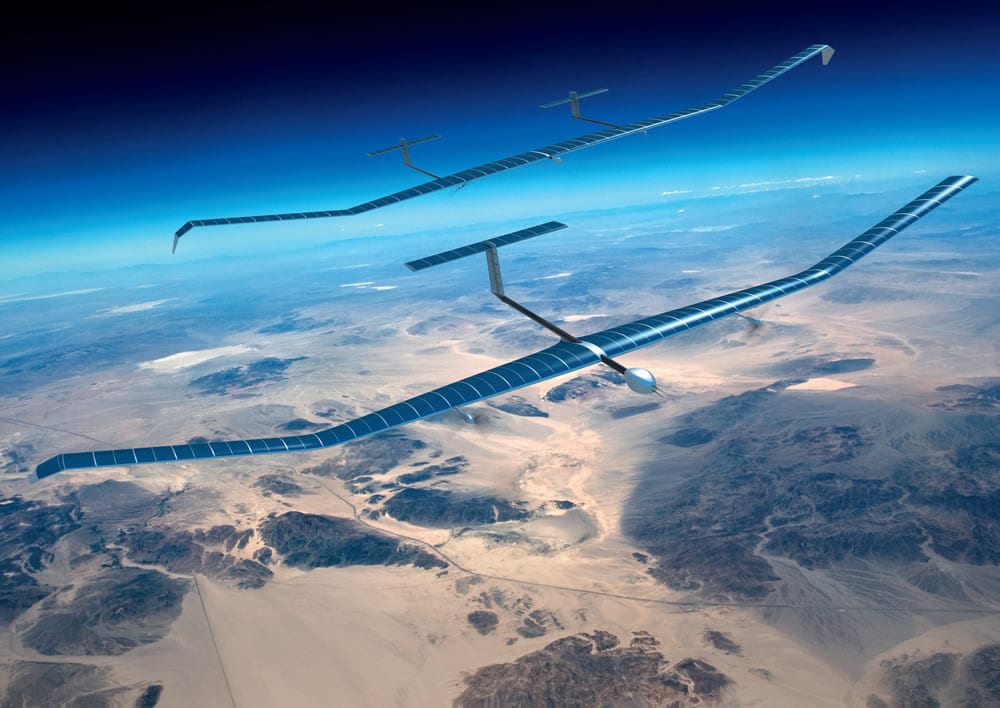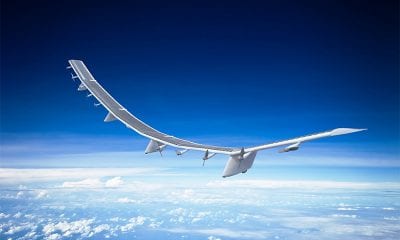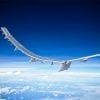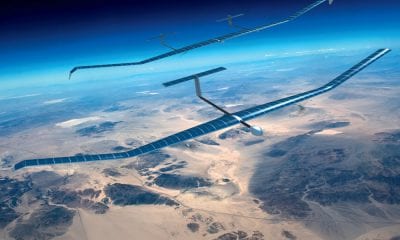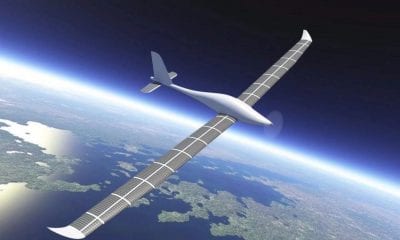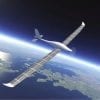News
Airbus Achieves New Record for Longest Flight by a Drone
Airbus SE’s Zephyr High Altitude Pseudo-Satellite (HAPS) has set a record in drone history. The Zephyr remained airborne floating almost motionless at an altitude of 70,000 feet within the Earth’s atmosphere to 25 days, two-thirds more than the previous best. Airbus SE’s Zephyr drone has thus established a new record for the longest flight by a drone.
Post a happy and safe landing of the craft, Airbus reported the success of Zephyr’s maiden trip in which the first production version of the solar-powered pseudo-satellite spent more than three weeks in the stratosphere after taking off from Arizona on July 11, Wednesday.
The flight was aimed at establishing the drone’s credentials as a less costly, more nimble alternative to conventional satellites. This Zephyr flight surpassed the previous endurance record of 14 days set by a prototype Zephyr in 2015. Two of these crafts, with a 25-meter (82-foot) wingspan and 75 kilos (165 pounds) weight were ordered by Britain’s defence ministry. They were built at Farnborough.
Not only is the Zephyr solar powered, it uses batteries to fly at night and also flies at extremely high altitudes, in the stratosphere, above the weather and conventional air traffic, where only the Concorde, the U2 spy plane and Mach 3 SR-71 Blackbird were known to fly earlier, thus making a mark in a capability that was hitherto unique to satellites, UAVs and manned aircraft by providing persistent local satellite-like services. Only three people are required for the Zephyr’s launch given its ultra-light construction.
“This very successful maiden flight represents a new significant milestone in the Zephyr programme, adding new stratospheric flight endurance record which we hope will be formalised very shortly,” said Jana Rosenmann, head of Unmanned Aerial Systems at Airbus. “We will in the coming days check all engineering data and outputs and start the preparation of additional flights planned for the second half of this year from our new operating site at the Wyndham airfield in Western Australia.”
According to Airbus, further test flights are scheduled from a site in Western Australia. These trials aim to explore the roles Zephyr could play in remote communications, maritime surveillance, border patrols, gauging environmental change and monitoring the spread of wildfires and oil spills.
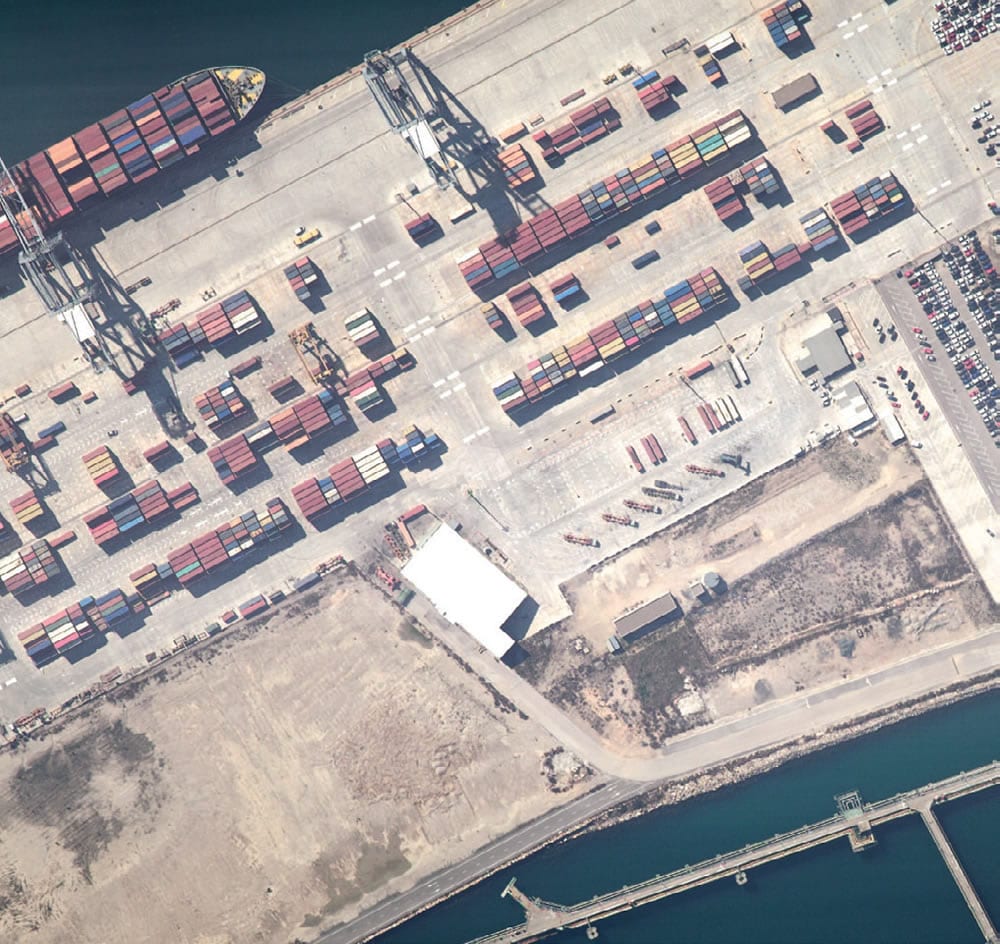
15cm resolution from 60000 feet altitude. Image Credit: Airbus
Uniquely designed for both military and commercial purposes, Zephyr can deliver numerous payload capabilities across two platforms. Zephyr S with its ability to carry payloads, offering voice, data communications both line of sight and beyond the line of sight, and line of sight high resolution optical imagery. Zephyr T carrying larger payloads offers the ability to bring more active payloads to the fore; for example, widespread, persistent internet coverage to remote areas of the globe, and active RADAR. Together they enable real-time mapping, internet and a number of surveillance opportunities to meet a broad range of requirements.

